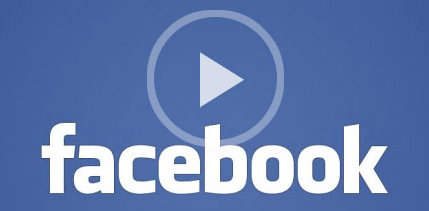Online video isn’t just growing fast, it’s growing faster than any other type of consumer service offering – and soon …
All of your posts, shares and ‘Likes’ tell a story. What’s yours saying?
Consider this: anyone, strangers included, can tell a great deal about you via your digital footprint; that is, the trail …
13 Billion+ Video Ads Viewed Last Month
Consumers watched 13.2 billion online video ads last month, reaching an all-time high, according to a new report by comScore. …
Facebook video ads coming, will autoplay in your feed
Facebook is reportedly plotting a way to squeeze even more adverts into your News Feed — and this time they’ll …
Time Spent On Facebook Increases 700%
The total time spent on Facebook has increased nearly 700% year over year, according to Nielsen. Nielsen reported Tuesday that …
Nielsen Knows How Much Time You Waste On Facebook, Twitter
According to a study by Nielsen Online, users spent 13.9 billion minutes overall on Facebook alone in April 2009, a …





